The Scary Bouncing Betty Mine
The Nazis were no strangers to adopting strange yet effective weapons during WWII, and their inventory of mines were no different. Mines can be one of the most deadly and powerful weapons at an army’s disposal, able to guide enemy forces into a desired location, or pin them in place. The psychological affect of a minefield can often be just as extreme as the dangers posed by them. One such terrifying weapon is the S-mine, more commonly known as the Bouncing Betty.
The S-mine is a type of bounding mine, a specific class of mines that are launched into the air before detonating at a desired height. The S-mine in particular jumped to a height of around 1 meter, where it then exploded a filling of shrapnel to nearby troops. They were built from 1935 all the way till the wars end in 1945, with almost 2 million being made in total.
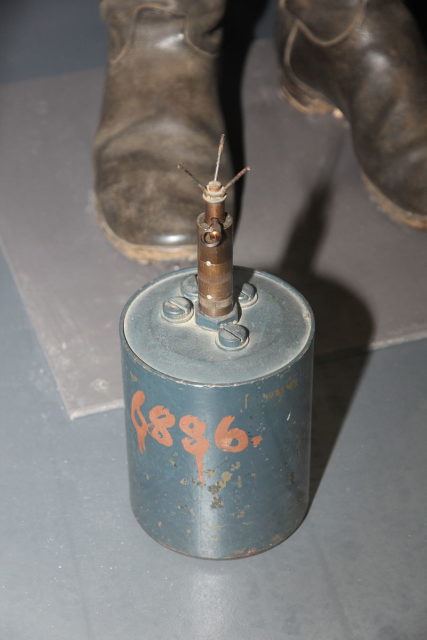
The main body of the mine was a steel cylinder 15 cm high and 10 cm wide, and contained a black powder propellant charge at the base to launch the mine. Around the edges of the container are around 360 steel balls, which are projected out by a central TNT explosive charge. On top of this was a hollow steel rod rising out the top of the device, containing the main fuse and topped with the mines trigger.
The mine weighed about 4 kg in total, and required a force of over 7 kg to activate it, as to not be triggered by wildlife and other natural circumstances. Alternatively, the mine could be activated by a trip wire.
When triggered by a person’s boot, the main fuse delays the mines launch for approximately 4 seconds. The propellant charge ignites after the 4 second delay, firing the mine into the air and activating a delay mechanism, delaying the detonation of the main charge until it reaches a height of around 1 meter. At this time, the central main charge explodes, sending the steel balls outwards at high speed.
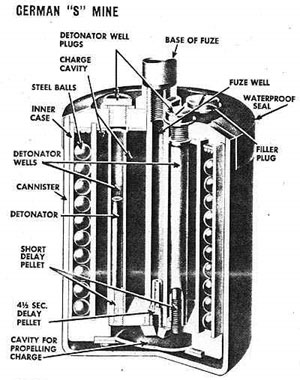
At a glance, it would seem that the best way to survive would be to immediately attempt to run away from the mine during the 4 second delay, but as the fragments were lethal up to 20 meters, and could wound up to 140 meters, it was impossible to outrun. Oddly, the best chance of survival was to quickly dive to the ground face first, as the fragments pass above you.
The mines were feared by the Allies for their ability to maim, causing waist height damage to the limbs and genitals.
The Germans used them in huge numbers, in particular along the Atlantic Wall. They were often used alongside anti-vehicle mines, trapping the men inside their vehicle until rescue came.
After hostilities, as with all mines, the S-mine can pose a serious threat to civilian lives if left in place. Luckily, their metal construction makes them easy to detect, and once found are simple to disarm. However with the quantities that were placed, it is believed there are still many out there even to this day.
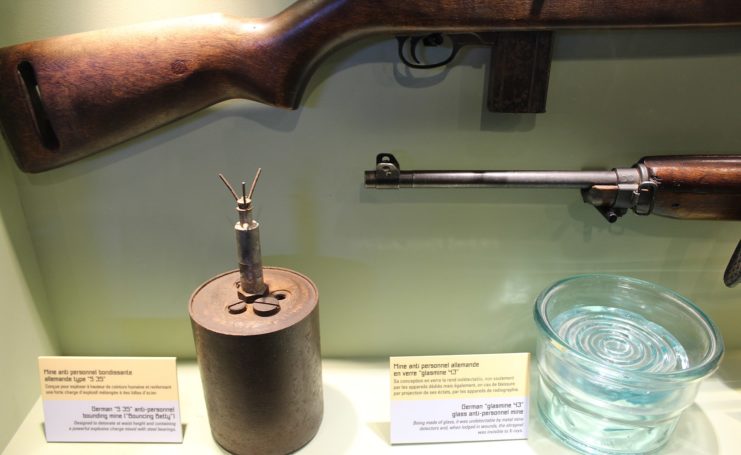
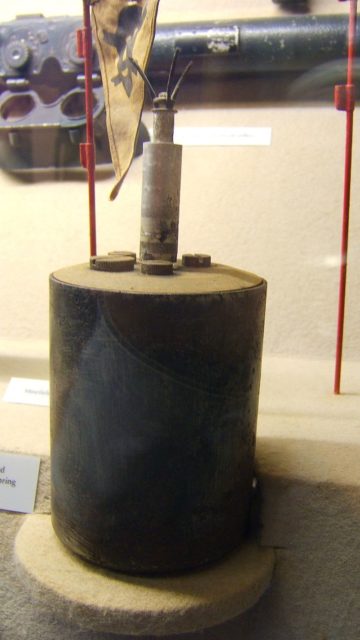
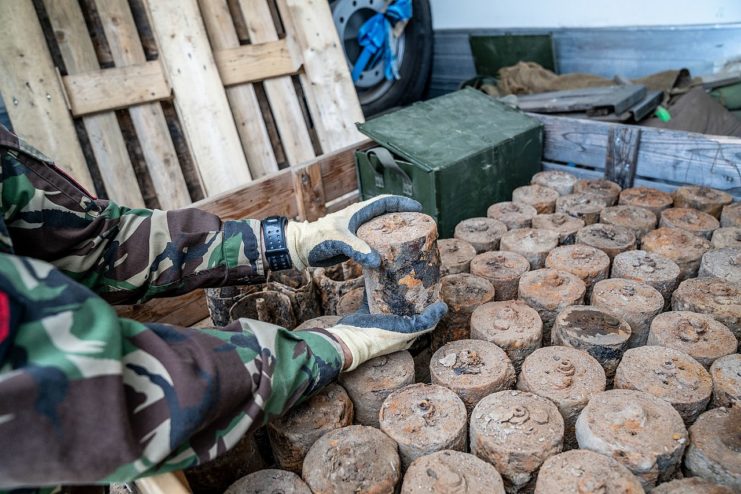
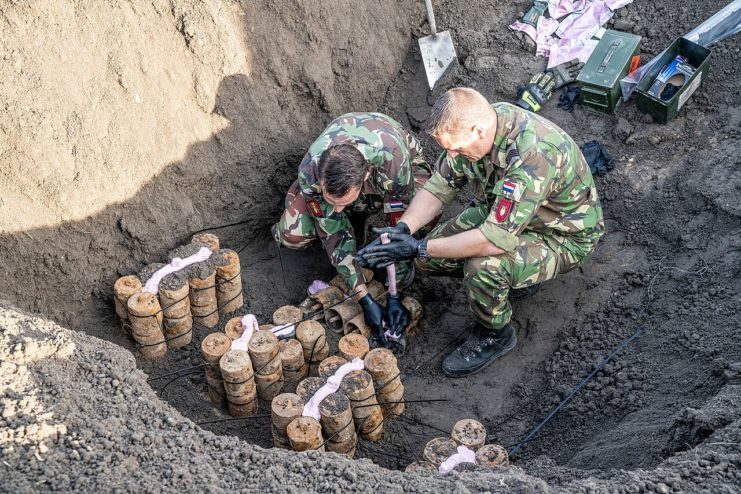
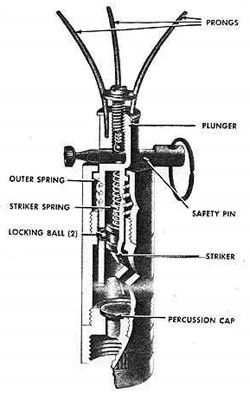
Another Article From Us: Iconic American Colt Firearms Now Owned by a Czech Company
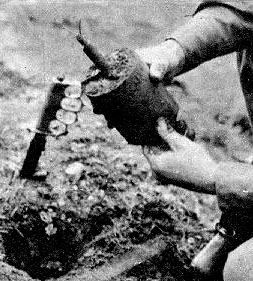
Post a Comment
0 Comments